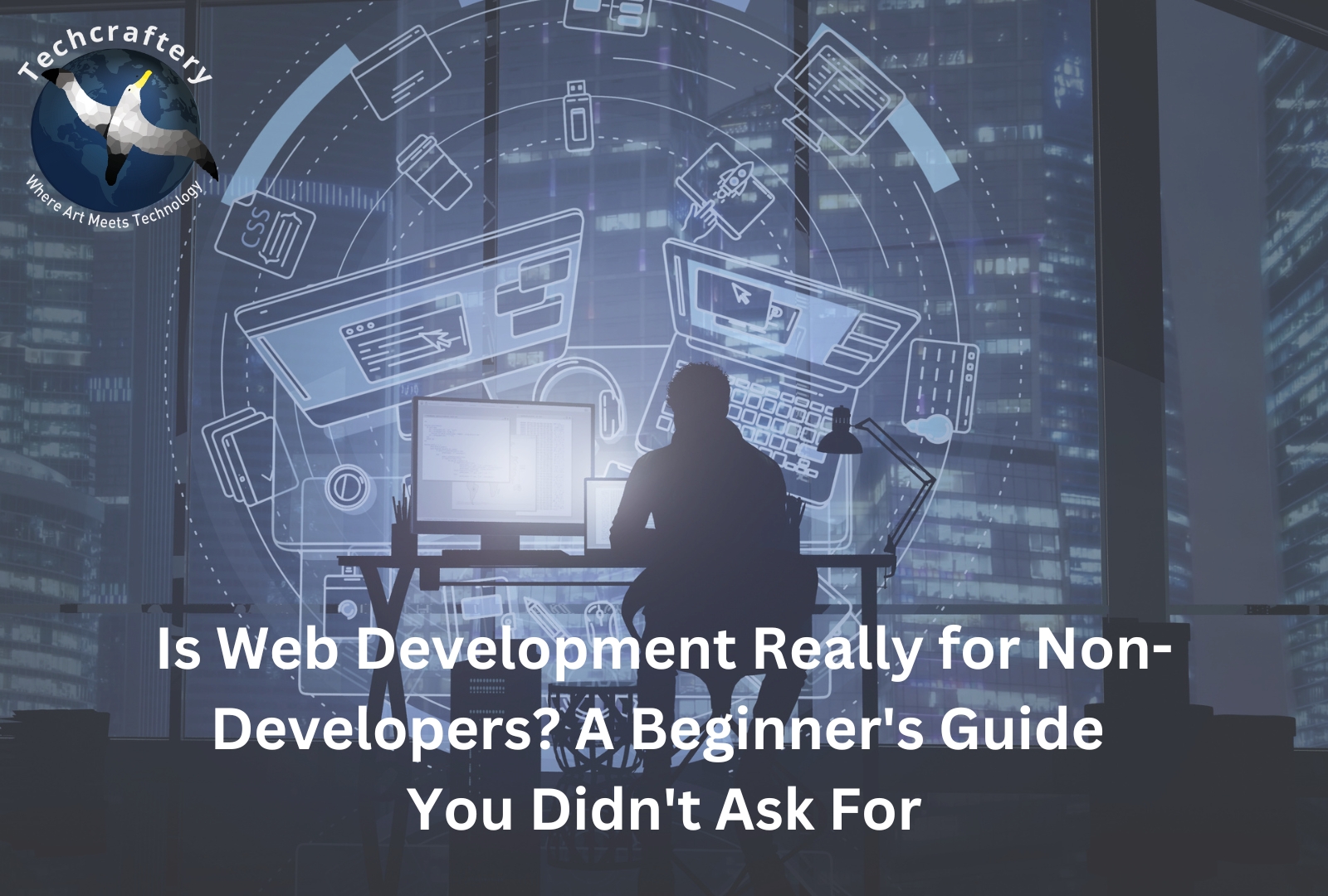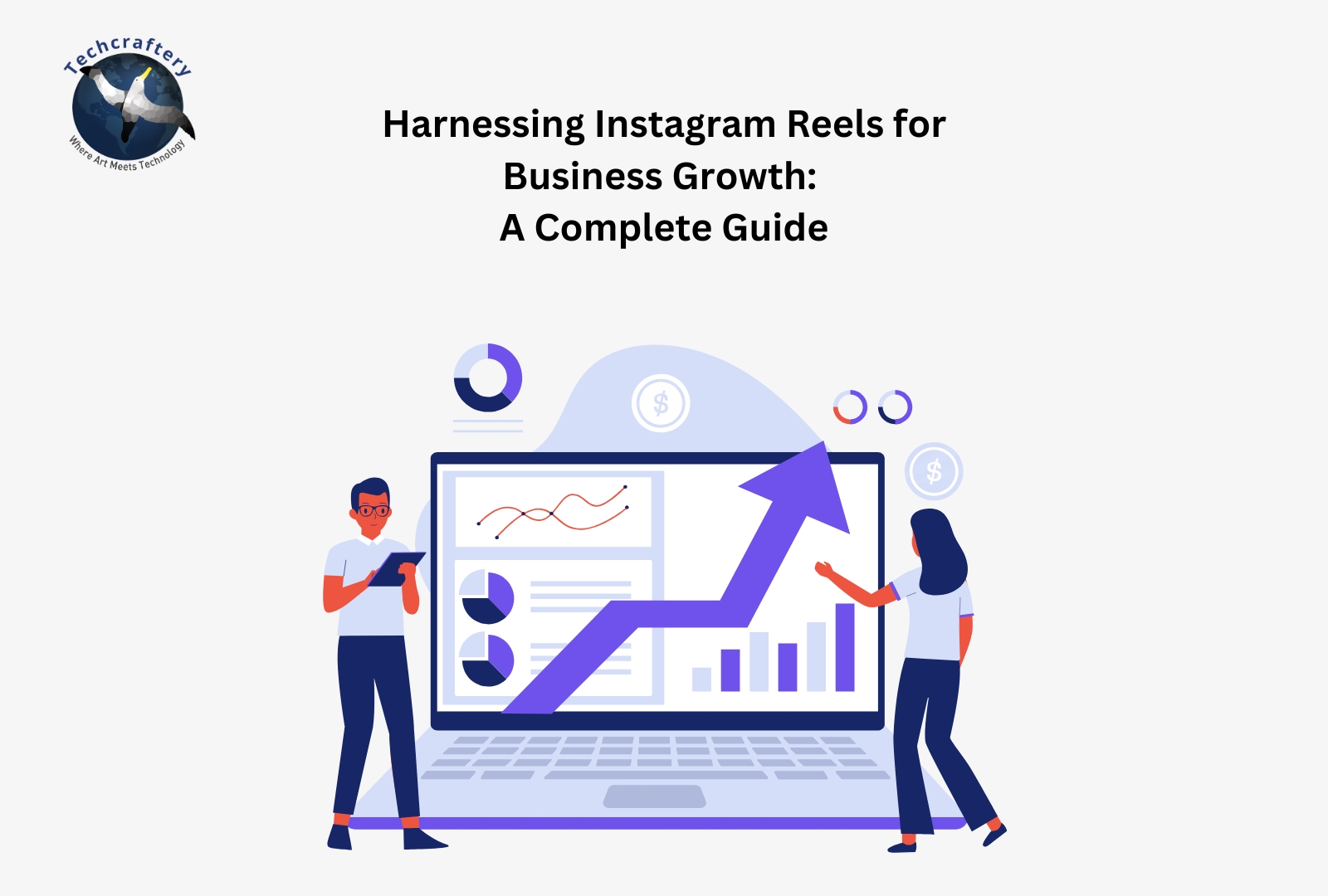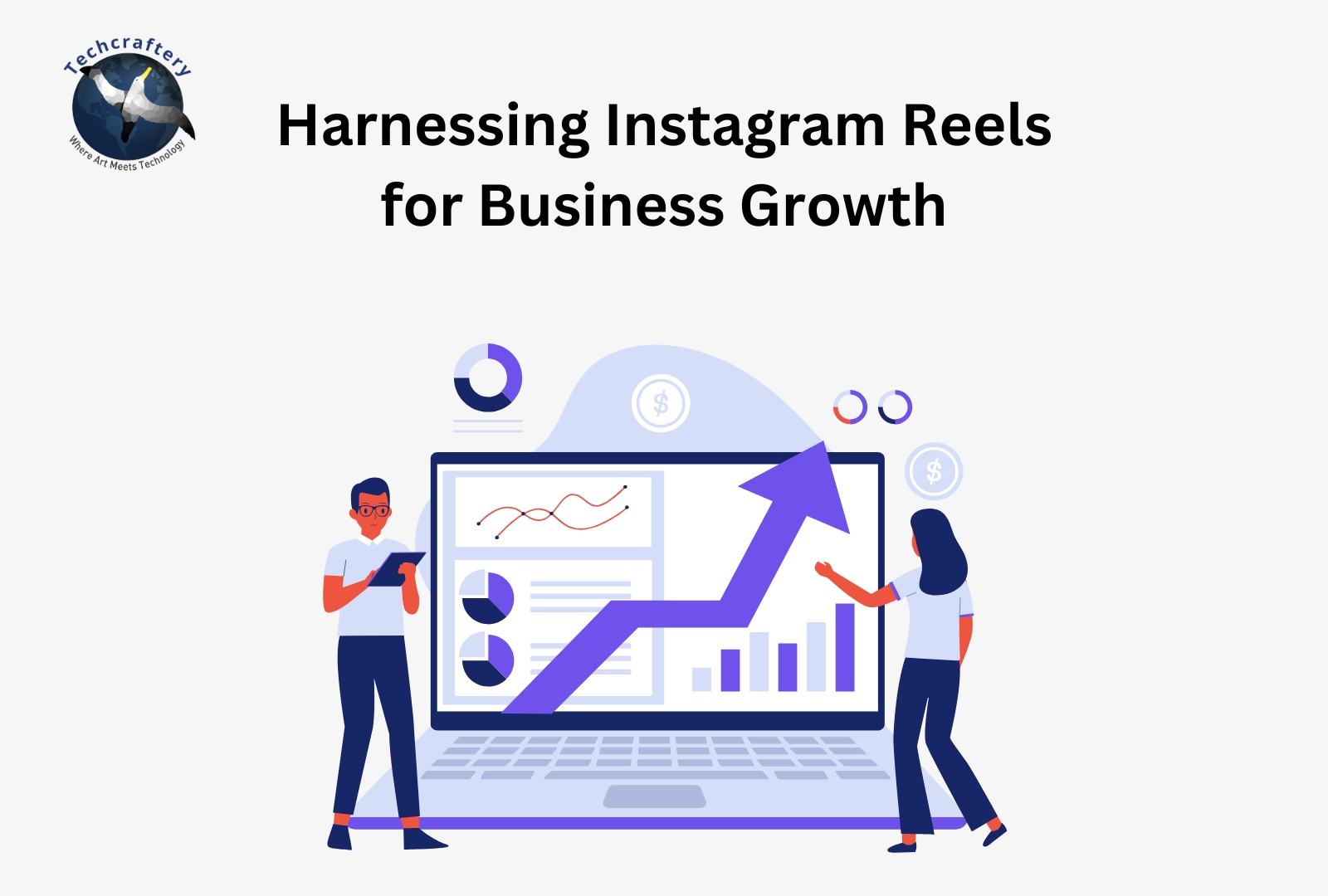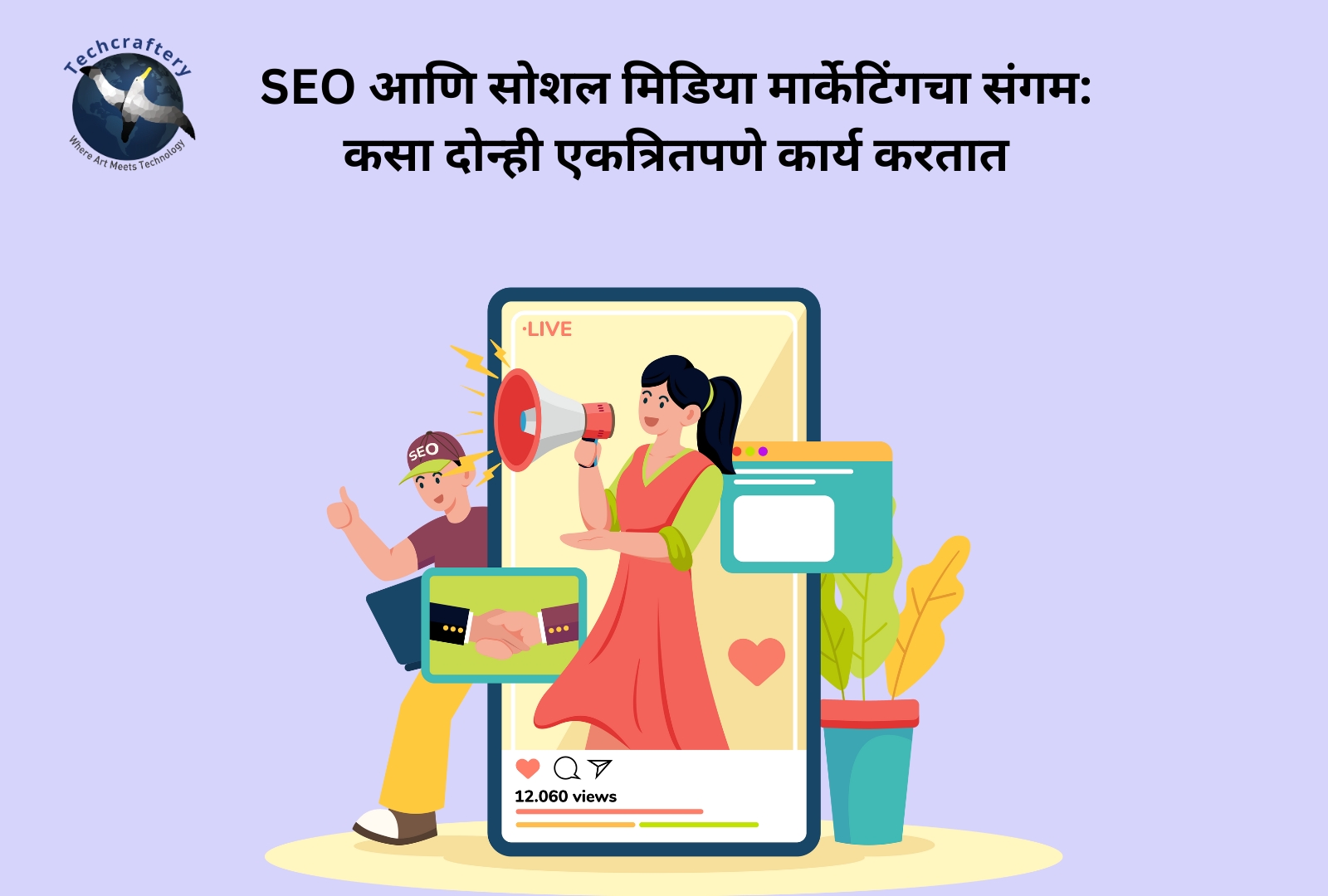Web development has become a vital skill in our increasingly digital world. Many people believe that web development is only for those with technical expertise. However, the reality is more nuanced. This guide aims to demystify web development for non-developers and empower you to navigate this fascinating field.
Whether you want to create a personal blog, build a business website, or understand how websites function, this guide will walk you through the basics. We’ll cover essential concepts, tools, and resources that make web development accessible to everyone, regardless of their technical background.
1. Understanding Web Development
1.1 What is Web Development?
Web development refers to the tasks involved in creating and maintaining websites. It encompasses several areas, including:
- Frontend Development: This is what users interact with directly. It includes the layout, design, and user interface of a website.
- Backend Development: This part deals with server-side logic, databases, and application programming interfaces (APIs). It ensures that the frontend works correctly.
- Full-Stack Development: Full-stack developers handle both frontend and backend development.
1.2 The Importance of Web Development
In today’s world, businesses and individuals alike need a web presence. A well-designed website can serve as a marketing tool, a portfolio, or a communication platform. Learning web development can open many doors, even for non-developers.
2. The Basics of Web Development
2.1 Key Terminology
Before diving into web development, it’s crucial to understand some basic terms:
- HTML (Hypertext Markup Language): This is the standard markup language for creating web pages. HTML structures the content on the page.
- CSS (Cascading Style Sheets): CSS is used to style HTML elements. It controls the layout, colors, fonts, and overall appearance of a website.
- JavaScript: This is a programming language that enables interactive features on web pages. It adds functionality and enhances user experience.
- Web Hosting: This is a service that allows individuals and organizations to make their websites accessible on the Internet.
2.2 How Websites Work
When you visit a website, your browser sends a request to a server. The server processes the request and sends back the necessary files (HTML, CSS, JavaScript) to your browser. Your browser then renders these files to display the website.
3. The Frontend Development Process
3.1 Getting Started with HTML
HTML is the foundation of web development. Here are some essential HTML concepts:
- Tags: HTML uses tags to create elements. For example,
<h1>is used for headings, and<p>is for paragraphs. - Attributes: Tags can have attributes that provide additional information. For example,
<a href="https://example.com">creates a hyperlink.
3.2 Styling with CSS
CSS is responsible for the visual appeal of a website. Here are some CSS basics:
- Selectors: These are used to select HTML elements for styling. For example,
h1 { color: red; }changes the color of all<h1>elements to red. - Box Model: This concept includes margins, borders, padding, and the content area, defining how elements are displayed.
3.3 Adding Interactivity with JavaScript
JavaScript adds dynamic behavior to web pages. Key concepts include:
- Variables: Used to store data. For example,
let name = "John";. - Functions: Blocks of code designed to perform a particular task. For instance,
function greet() { alert("Hello!"); }. - Events: Actions that can trigger JavaScript code, such as clicking a button or loading a page.
4. The Backend Development Process
4.1 Understanding Backend Development
While frontend development focuses on user interaction, backend development manages server-side functionality. Here are essential backend components:
- Server: A computer that stores and processes requests.
- Database: A structured collection of data. Common databases include MySQL, PostgreSQL, and MongoDB.
- API (Application Programming Interface): A set of rules that allows different software entities to communicate. APIs enable frontend and backend interaction.
4.2 Popular Backend Technologies
Several programming languages and frameworks are commonly used in backend development:
- Node.js: A JavaScript runtime that allows you to run JavaScript on the server-side.
- Python: A versatile language often used with frameworks like Django or Flask.
- PHP: A widely-used language specifically designed for web development.
5. Tools for Non-Developers
5.1 Code Editors
A code editor is essential for writing and editing code. Popular options include:
- Visual Studio Code: A powerful, open-source code editor with numerous extensions.
- Sublime Text: A lightweight editor known for its speed and simplicity.
- Atom: An open-source editor developed by GitHub with a focus on collaboration.
5.2 Learning Platforms
Many online resources can help you learn web development:
- Codecademy: Offers interactive coding lessons in various languages, including HTML, CSS, and JavaScript.
- freeCodeCamp: Provides a comprehensive curriculum that covers full-stack development, with hands-on projects.
- Udemy: Features a variety of web development courses taught by industry professionals.
5.3 Website Builders
For those who prefer a no-code or low-code approach, website builders can be a great option:
- WordPress: A popular content management system that allows users to create and manage websites easily.
- Wix: A user-friendly website builder with drag-and-drop functionality.
- Squarespace: Known for its beautiful templates and ease of use, ideal for portfolios and small businesses.
6. Overcoming Challenges
6.1 Imposter Syndrome
Many non-developers experience imposter syndrome when learning web development. Remember that everyone starts somewhere, and progress takes time. Focus on incremental learning and celebrate small victories.
6.2 Technical Jargon
The tech world is filled with jargon that can be intimidating. Don’t hesitate to look up unfamiliar terms and ask questions. Online communities like Stack Overflow and Reddit can be invaluable for finding answers.
6.3 Time Commitment
Learning web development requires time and dedication. Set realistic goals and create a study schedule that works for you. Consistency is key to mastering new concepts.
7. Real-World Applications
7.1 Building a Personal Website
One of the best ways to apply your newfound skills is by building your personal website. This project can serve as a portfolio to showcase your work and creativity.
7.2 Freelancing Opportunities
As you gain confidence in your abilities, consider freelancing. Many businesses need web development services, and freelance platforms like Upwork and Fiverr can help you find clients.
7.3 Career Transition
If you discover a passion for web development, it could lead to a career change. Many companies value self-taught developers who can demonstrate their skills through projects and portfolios.







